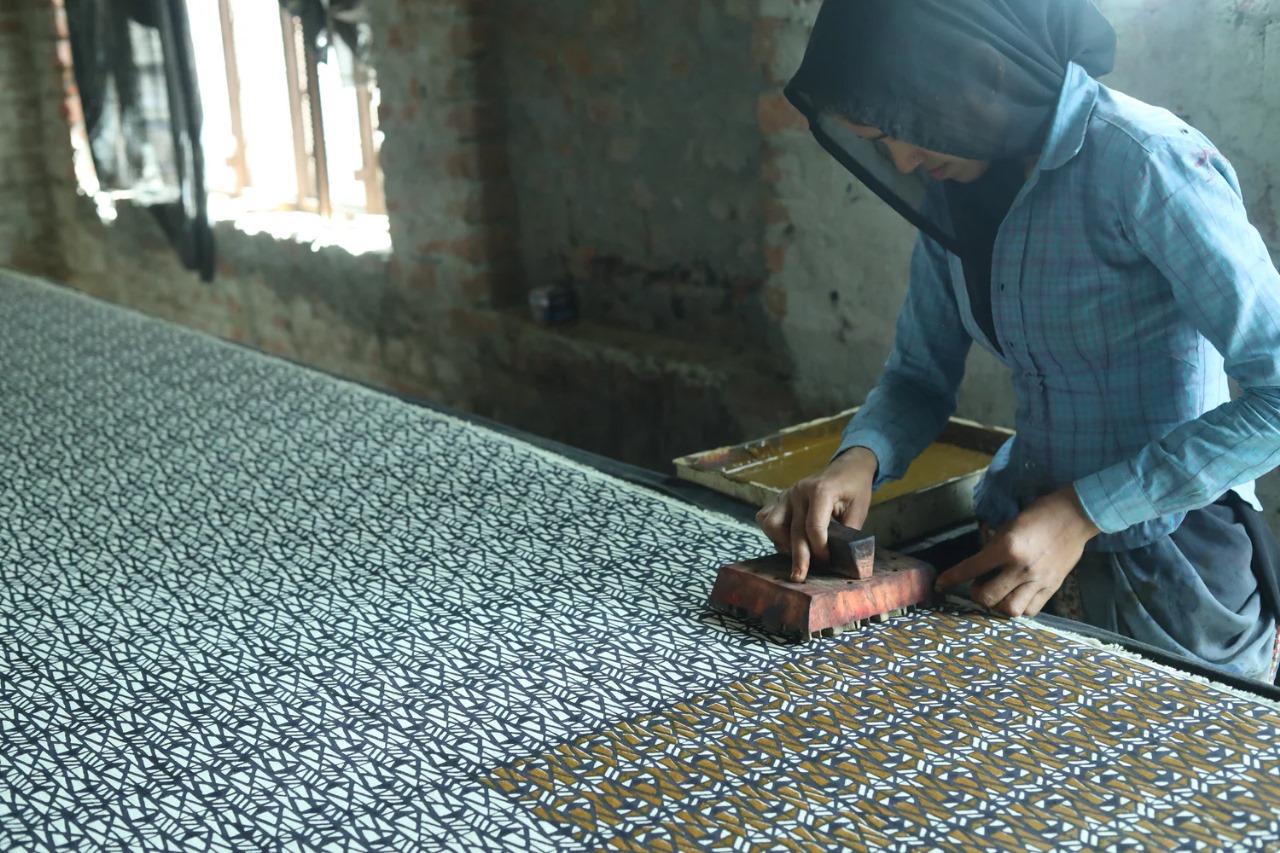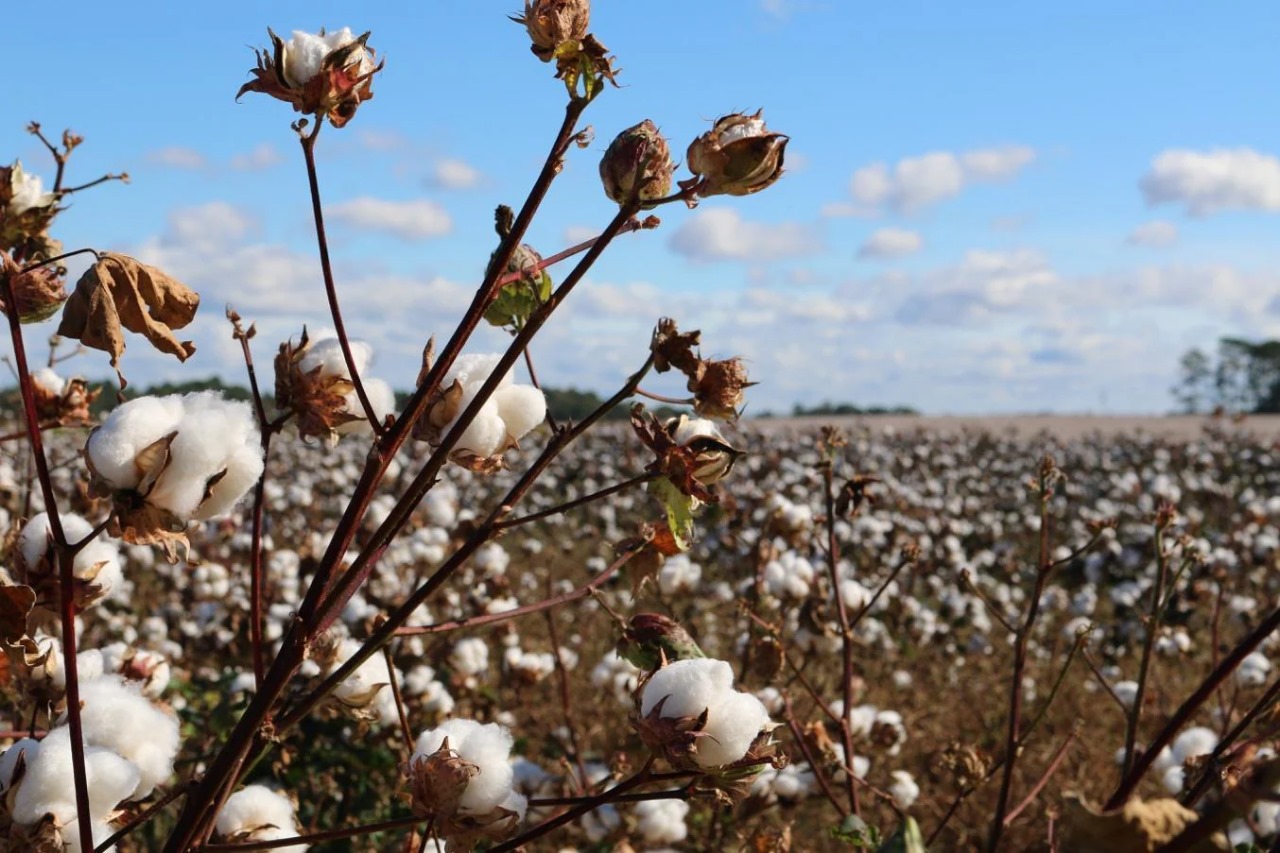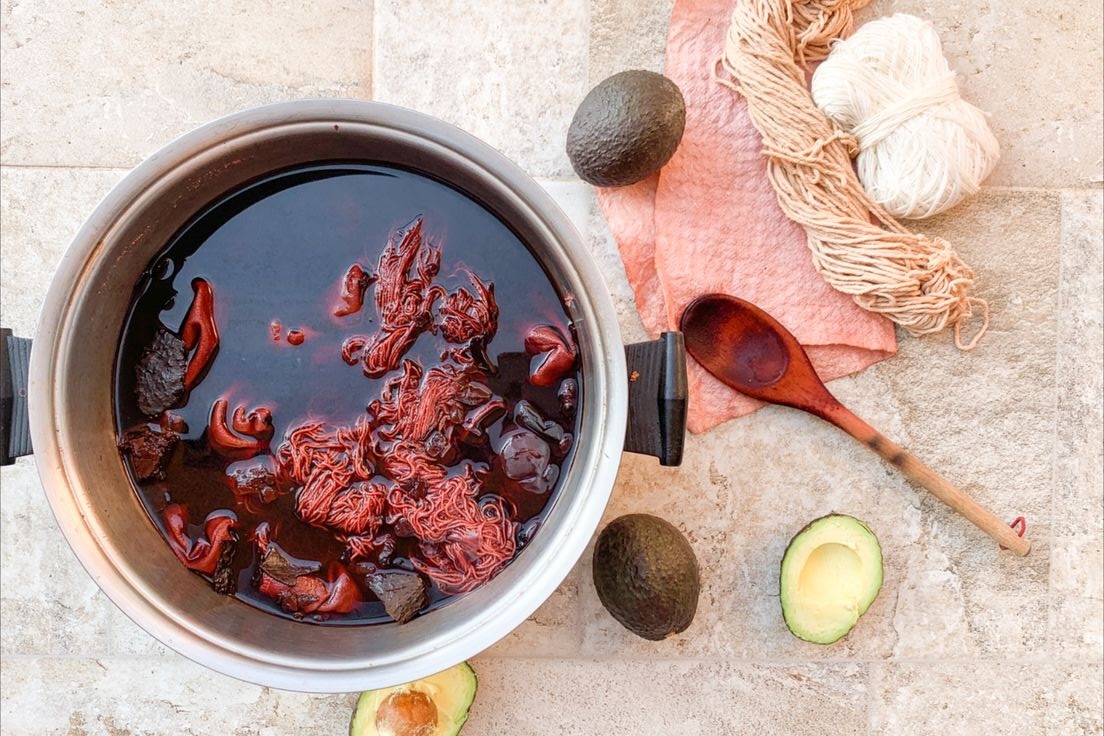Complementing Ethical Fashion with Hand Block Printing
PHUTRO MAN uses sustainable practices throughout its process of producing clothes. Apart from using 100% GOTS certified organic cotton, we find it very important to choose a method of printing that is more sustainable and ethical as compared to other printing techniques used in the world of fashion.
Hence, we choose to do our collections in traditional Hand Block Printing, which aligns with our idea of slow, sustainable and colorful clothing.
Block Printing is an ancient textile tradition that originated in the Desert of Rajasthan, India centuries ago. It’s a small cottage industry that exists in Jaipur, ‘the pink city’, of India. It involves dyeing and creating patterns on the fabric by stamping intricately carved wooden blocks.
The process is very labor intensive and requires a lot of time, teamwork and skill. For example, it might take 2-3 days for craftsman to create a pattern on the wooden block.
Additionally, in case of a very complex fabric design it may require up to 30 wooden blocks with different patterns carved on them. During this period, the process of dyeing, printing, bleaching and washing hasn’t even begun.
THE PROCESS:
- Raw fabric is first washed to remove the starch from it and then bleached in a gentle solution.
- Once bleached, it is hung up on tall bamboo frames to dry in the hot desert sun.
- The blocks are made from teak wood by trained craftsmen. Designs are traced onto the surface and then carved with a hammer and chisel.
- Each block is made with a wooden handle and several small holes are made to release air and any excess dye. It is soaked in oil for 10-15 days before use to soften the grains of the timber.
- Colors are mixed in a separate space from the printing area. They are then kept on a tray on a moving wooden structure, which is being dragged by the printer along the printing table as the craftsman continues to work.
- While preparing for printing, our organic cotton fabric is stretched on the tables and fastened with pins to avoid wrinkles and movements.
- When the printing begins, artisans first print the outline of the design. This is usually done by the most experienced printer, as the outline leads the whole process and needs to be very precise.
- The rest of the team then fills in the colors with different wooden blocks to be used for different colors in the design.
- Once printed, the swaths of fabric are hung to dry in the sun before they get a final wash.
HOW IS BLOCK PRINTING IS MORE ECO-FRIENDLY?
Apart from using natural and vegetable dyes, hand block printing is sustainable in terms of energy as well as technique because it requires very low energy consumption.
The method contributes very less to water pollution as compared to screen or digital printing techniques due to its use of natural colors and barely any chemicals.
It blends very well with the idea of slow and ethical fashion as the process is very time consuming and it’s not possible to produce hand block prints in huge quantities quickly given the nature of the art.
WHAT DIFFERENCE DO YOU MAKE WHEN YOU BUY HAND BLOCK PRINTED CLOTHES?
You are supporting the livelihoods of the artisans from a small village of India, who are keeping this centuries’ old art form alive.
- You are reducing your carbon footprint, given the sustainable practices used in the hand block printing process.
- You are saving a traditional art form from getting extinct.







